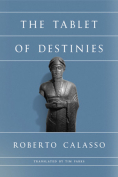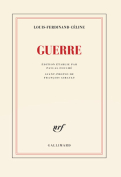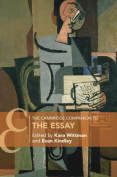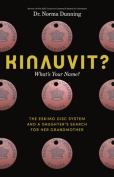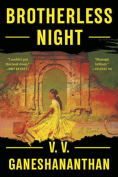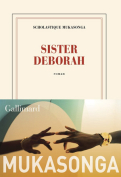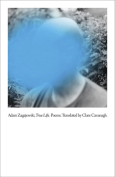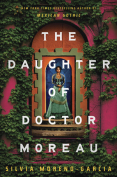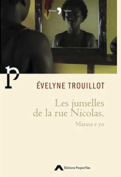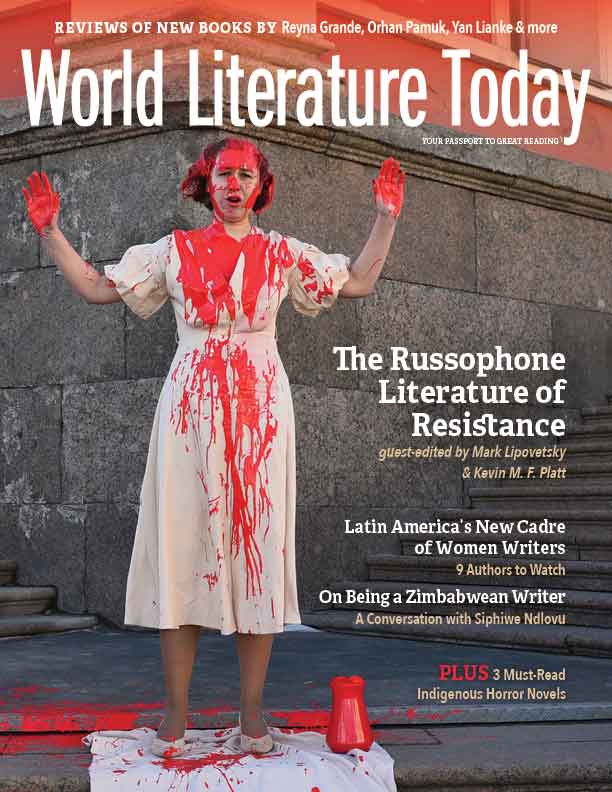The Enigma of Room 622 by Joël Dicker
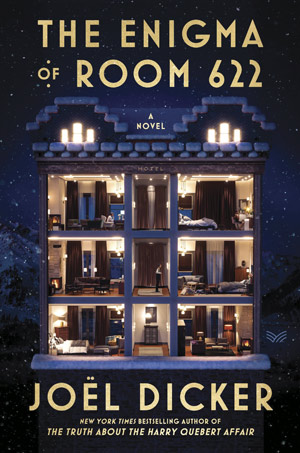 New York. HarperVia. 2022. 592 pages.
New York. HarperVia. 2022. 592 pages.
ALMOST EVERY DAY the news reminds us of the immediate horror and lifelong repercussions of crimes both individual and more general. Yet mystery stories of murder, robbery, and other serious crimes have been a huge source of amusement at least since the industrialization of printing. We care little about the real consequences of stumbling across a murdered vicar in the stately library, though certainly we are aware of real murders, with genuinely suffering families and ambiguous explanations. As in gunfights in old television westerns, the violence in most mysteries is so stylized that the psychological and emotional threats to the reader are muted to a childish level, one guaranteed not to raise deeper questions of life and death. A smattering of semi-lifelike characters work their way through the entertaining investigation of a murder or two structuring a diverting puzzle for readers who don’t want to be taxed too hard. Rich people misbehaving: we’re all familiar with the pattern, familiar enough that it is immediately recognized and easily parodied.
Even in its title, Swiss writer Joël Dicker’s novel The Enigma of Room 622 raises the ghosts of Agatha Christie, John Dickson Carr, and all their cohort to parody the popular elements of the “Golden Age” mystery, including the “locked room” mystery, disguised identities, poisons hitherto unknown, and the upper crust in tuxedos and ball gowns plotting to control a family inheritance—in this case a Swiss bank. On top of this confection, Dicker tosses the metafictional bonbon of a lovelorn writer named Joël Dicker (naturellement!), who is persuaded by a libidinous woman named Scarlett (what else?) to investigate a scandalous murder that took place in his hotel. Though he initially resists, he apparently comes round to writing the story as we read it. Scarlett interrupts him now and then for more basic pleasures, but when Dicker commits to the book he is compelled to beg off from her ministrations. Besides which, he is still enamored of the woman he fled to the hotel to recover from. None of this is really relevant to the enigma of Room 622 itself, and it strikes one as a literary flourish in an attempt to elevate a Golden Age–style mystery above its humbler pulp lineage.
Fortunately, however, the frame story maintains a safe distance, allowing the main story to flourish. A Swiss bank has remained under the control of the Ebezner family for several generations. The old man in charge is dying, and his son, Macaire, the heir presumptive, is another of those rich twits escaped from a Christie novel who has difficulty spelling the word “work” and seems particularly unsuited to becoming president of a distinguished bank. There are machinations in the board room, however, and Macaire is determined to avoid the humiliation of having someone else elected. Lev Levovitch worked his way from waiting on tables to the board through talent and intelligence. Sinior Tarnogol, a mysterious foreigner who has acquired a large part of the bank shares, seems to hold the most power in the decision, but there are also the Hansens: Horace and his son, Jean-Bénédict, Macaire’s closest ally and a major candidate for upper-class twit of the year. All this is complicated by several other characters, such as a house servant who, unknown to Macaire, is in love with her master, and Anastasia, Macaire’s wife, who has been in love with Lev Levovitch since before she married but has remained with Macaire because she loves him as well.
Dicker is adept with his sleight of hand, concealing essential facts from the reader without being too annoying. We are deep in the novel, for instance, before we find out just who it is who has been murdered. He also exploits the common motion picture and fiction trick of time-shifting, which always risks disorienting the reader, but overall Dicker shows more adeptness in general with these literary tricks than most of the Golden Age writers. The surprises are rarely surprising in most puzzle mysteries, but not true here. The novel stretches out until page 574, which would normally be far too long for this kind of subject matter. Yet Dicker can do plot twists like a circus clown with a barrel of long balloons, and one is inclined to forgive him most of the excess pages simply because they rarely fail to be amusing. The humor emerges well through the translation by Robert Bononno. The text is clean and without pretension, reading as if it wasn’t translated at all.
J. Madison Davis
Norman, Oklahoma
